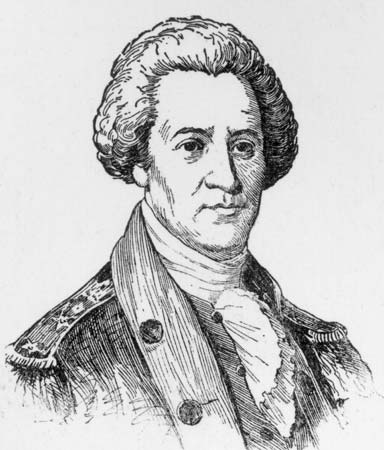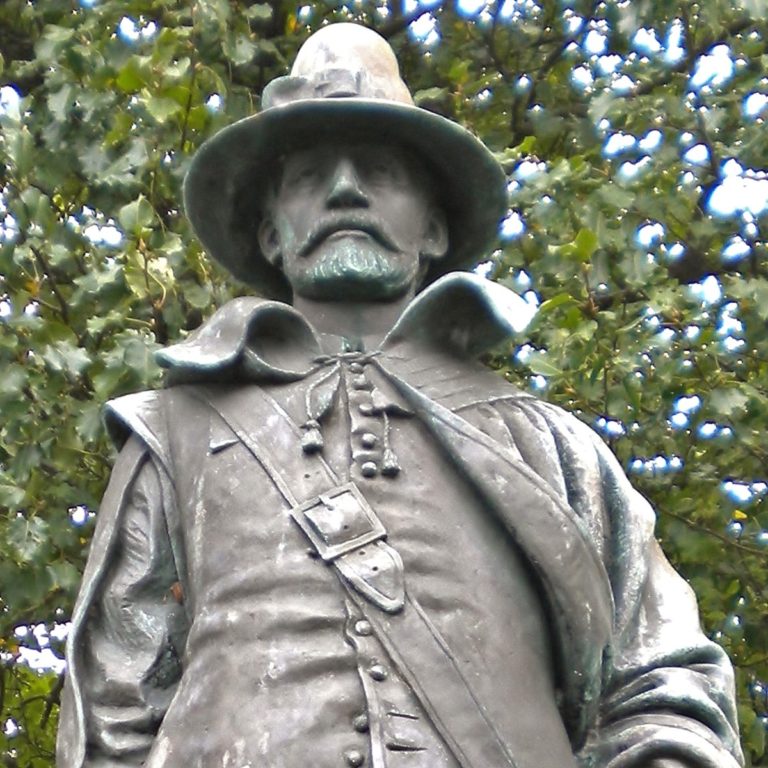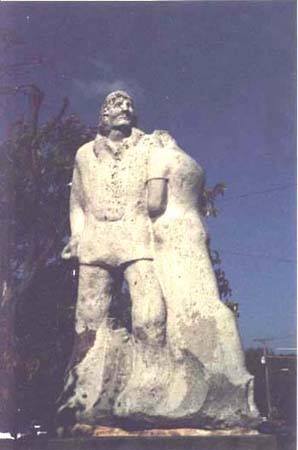Ancestral Stories- “Sitting in the Governor’s Chair”
Have you ever been to Dollywood in Pigeon Forge, Tennessee? How about Sevierville, also in Tennessee? They are BOTH in Sevier County Tennessee. It was named after John Sevier. This is the story of Linda’s relative. (Hughes-Snodgrass-Sevier line) John Sevier Linda’s 4th Great Grandfather John Sevier, pioneer, soldier, statesman and a…



